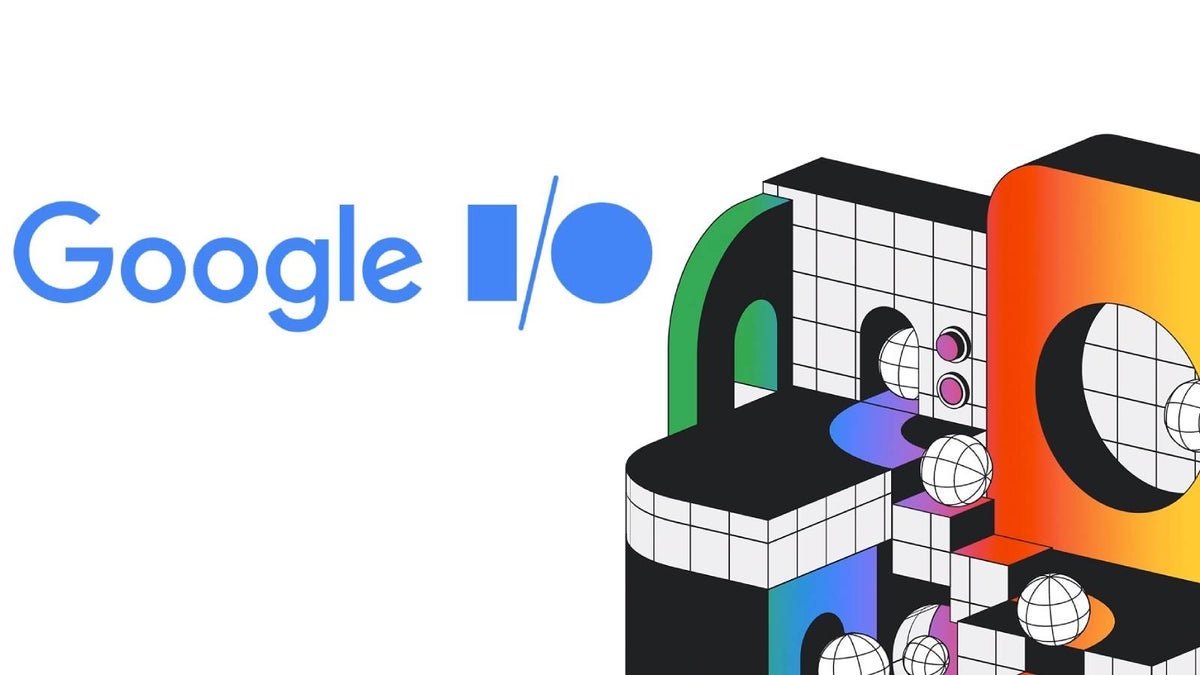Google I/O 2024 kicked off with a resounding message from CEO Sundar Pichai: Artificial intelligence (AI) is no longer a distant dream, it’s here to revolutionize the way we work, learn, and even create. The conference buzzed with announcements about advancements in generative AI, particularly Google’s very own Gemini family of models. Here’s a closer look at the groundbreaking highlights that promise to reshape our future.

Project Astra: Your Universal AI Companion
Project Astra might be the most ambitious announcement to come out of Google I/O 2024. It envisions a future where a single, universal AI agent seamlessly integrates into our daily lives. Imagine an AI companion that understands your needs, anticipates your actions, and assists you across different contexts. Whether you’re planning a trip, managing your schedule, or tackling a creative project, Project Astra aims to be your intelligent partner. While details remain under wraps, Project Astra hints at a future where AI becomes a natural extension of ourselves, streamlining tasks and enhancing our overall productivity.
Next-Gen Image and Video Creation: Imagen 3 and Veo
Get ready to be amazed by the latest advancements in image and video generation. Google unveiled Imagen 3, the next iteration of its image generation model. This powerful tool takes photorealism to a whole new level. Imagine detailed images with lifelike textures and intricate features – Imagen 3 promises to create images so realistic, you might question if they’re actual photographs. Additionally, users can provide more natural language prompts, allowing for a more intuitive and creative process.
For those seeking video creation superpowers, Veo steps into the spotlight. This AI model generates high-definition videos based on text descriptions. Want a cinematic montage of your last vacation? Or a funny skit featuring your pet? Veo allows you to specify details like style and mood, offering creative freedom alongside its impressive video generation capabilities.
Gemini Gets Smarter and More Versatile
Google’s flagship generative AI model, Gemini, received significant upgrades. Gemini 1.5 Pro boasts a remarkably expanded context window, now capable of processing up to 1 million tokens of information. This allows for a deeper understanding of complex queries and more nuanced responses. Additionally, a lightweight version, Gemini 1.5 Flash, prioritizes speed and efficiency, making it ideal for tasks where real-time response is crucial.
But that’s not all. Gemini is no longer confined to text. It’s embracing multimodality, meaning it can understand and respond to various data formats, including images and videos. This opens doors for exciting possibilities, like seamlessly integrating Gemini with your phone’s camera, allowing it to analyze photos and videos in real time.
A Closer Look at AI on Android
Android users can expect a tighter connection with Gemini. Imagine dragging and dropping an AI-generated image directly into your Gmail or messages. Or using Gemini to analyze a YouTube video in real-time, highlighting key points or answering specific questions. Google Search is also getting a major AI upgrade. AI Overviews will automatically generate summaries and insights alongside search results, saving you time and effort. Additionally, a custom-built Gemini model streamlines information gathering within Google Search. Simply ask your question, and Gemini will curate relevant information from across the web.
Circle to Search Gets an Upgrade
The AI-powered Circle to Search feature, allowing users to solve problems by drawing circles or highlighting text on their phone screen, has received an upgrade. It can now tackle more complex math and physics problems, making it a valuable tool for students and anyone seeking a visual approach to problem-solving.
Personalized Learning with LearnLM
Education is another area set to be transformed by generative AI. LearnLM introduces a new family of AI models specifically designed for personalized learning experiences. Imagine having a virtual tutor who tailors lessons to your specific needs and learning style. LearnLM could potentially revolutionize the way we learn, making education more engaging and effective for everyone. Beyond LearnLM, YouTube is integrating AI-powered quizzes directly into educational videos. Viewers can now ask clarifying questions and test their knowledge within the video itself, making learning a more interactive and immersive experience.
Responsible AI Development with SynthID
While advancements in AI are exciting, Google understands the importance of responsible development. SynthID, a watermarking tool originally designed to identify AI-generated images, is being expanded to encompass text and video content as well. This transparency measure helps users distinguish between human-created and AI-generated content, fostering trust and mitigating potential misuse.
FAQs
Q: What is Project Astra?
A: Project Astra is an ambitious project by Google that envisions a future where a single, universal AI agent seamlessly integrates into our daily lives, acting as an intelligent companion and assistant.
Q: How does Imagen 3 differ from previous versions?
A: Imagen 3 offers a significant leap in photorealism, generating images with lifelike textures and intricate details. Additionally, it allows for more natural language prompts for a more intuitive creative process.
Q: Can I use Gemini on my Android phone?
A: Google I/O 2024 hints at a tighter integration between Gemini and Android in the future. This could involve features like on-the-fly image generation or real-time video analysis using Gemini within various apps.
Q: How will LearnLM change education?
A: LearnLM introduces AI models designed for personalized learning. Imagine having a virtual tutor who tailors lessons to your specific needs and learning style, making education more engaging and effective.
Q: Are there any privacy concerns with AI advancements?
A: Yes, privacy is a major concern with AI development. Google’s SynthID tool aims to address this by watermarking AI-generated content, helping users distinguish between human-created and AI-generated material.




